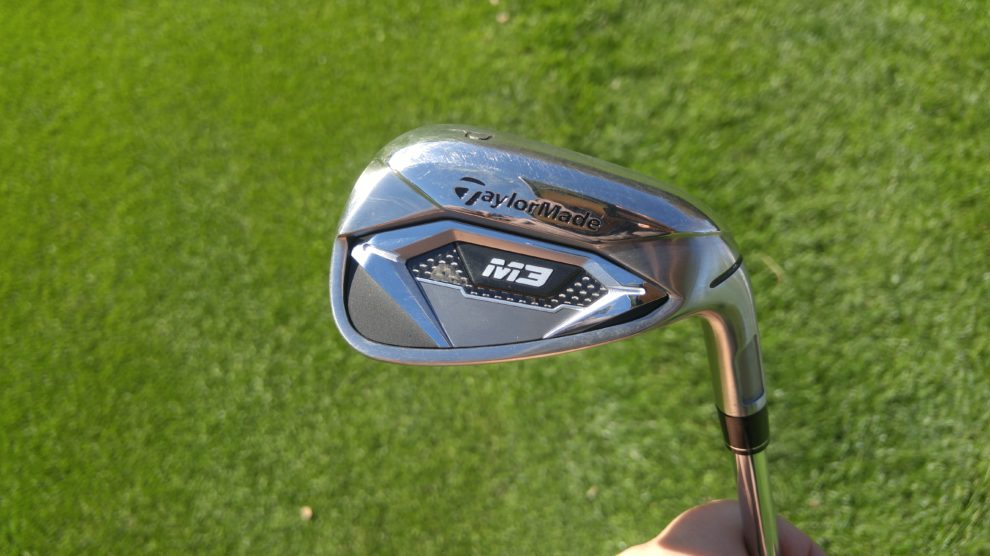TaylorMade's M3 and M4 irons won't get as much attention because the drivers which share their namesake will dominate the conversation around the company through the year. Does Twist Face work? How much? Is Hammerhead a big deal?
But the company's iron team wants you to know their new irons fit very nicely in the game-improvement portion of their seven-model iron spectrum. And they also want you to know the name of their signature feature this year: RIBCOR.
Ribcor is actually a term borrowed from the hockey company CCM, which not long ago was under the same corporate umbrella as TaylorMade through adidas AG. While that's not the case anymore, the name carried through. The idea behind Ribcor is somewhat similar in concept to what the metalwoods team did with the Hammerhead sole slot. Ribcor offers structural integrity to a line of irons which has seen constant thinning for years, while delivering maximum benefit from the face slots which first appeared in the RSi 1 irons (back in the day).
The idea here is that the thinning of materials in irons, particularly around the edges of the face and at the topline, have actually created performance inefficiencies. While the thinner materials can flex more and deliver distance-and-forgiveness benefits, the thinner materials can also lead to more stress and less structural integrity. In other words, thinner materials stress the topline and edges of the face more, leading to less-than-ideal total performance. TaylorMade's answer for that is Ribcor, which are stiffening structures placed behind the face, toward the heel and toe of the iron.
The idea is that Ribcor structures, which run top-to-bottom on both irons, delivers some better framing around the trampoline-style effect you want with thinner materials. Think of it is as creating building a more stable trampoline. The trampoline has horizontal borders of the leading edge and topline, with the vertical borders being the Ribcor structures, which are supported by face slots. The end result is less lost energy at impact in the hitting zone, with less stress on the face.
As a result of Ribcor, there's also more weighting in the heel and toe regions, improving forgiveness. It's a nice side effect.
The Inverted Cone Technology has been moved slightly off-center to provide max benefits where golfers realistically hit the ball. The M3 has tungsten weighting in the toe to drive down and out that center of gravity in a smaller package compared to the M4 blade.
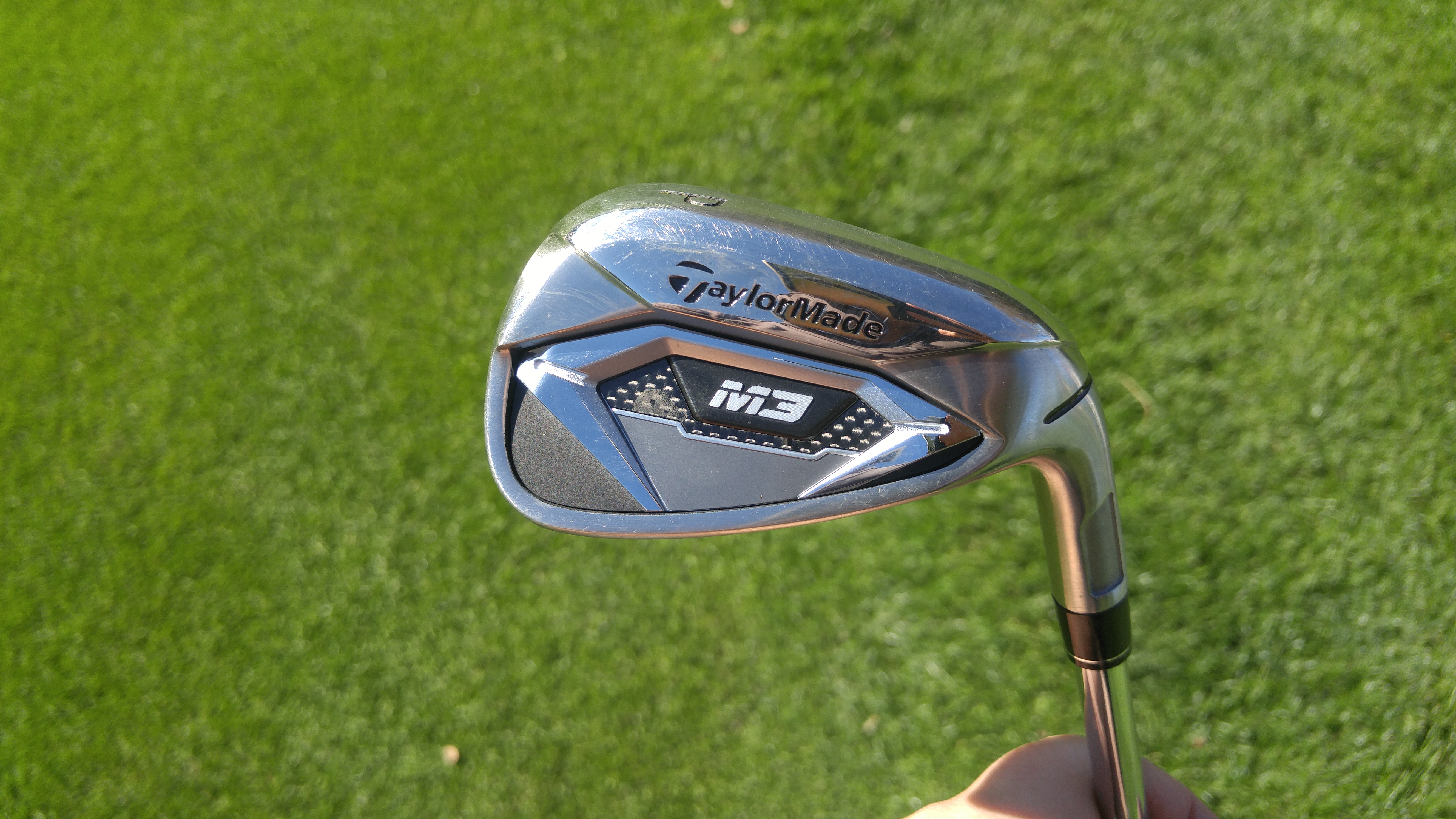
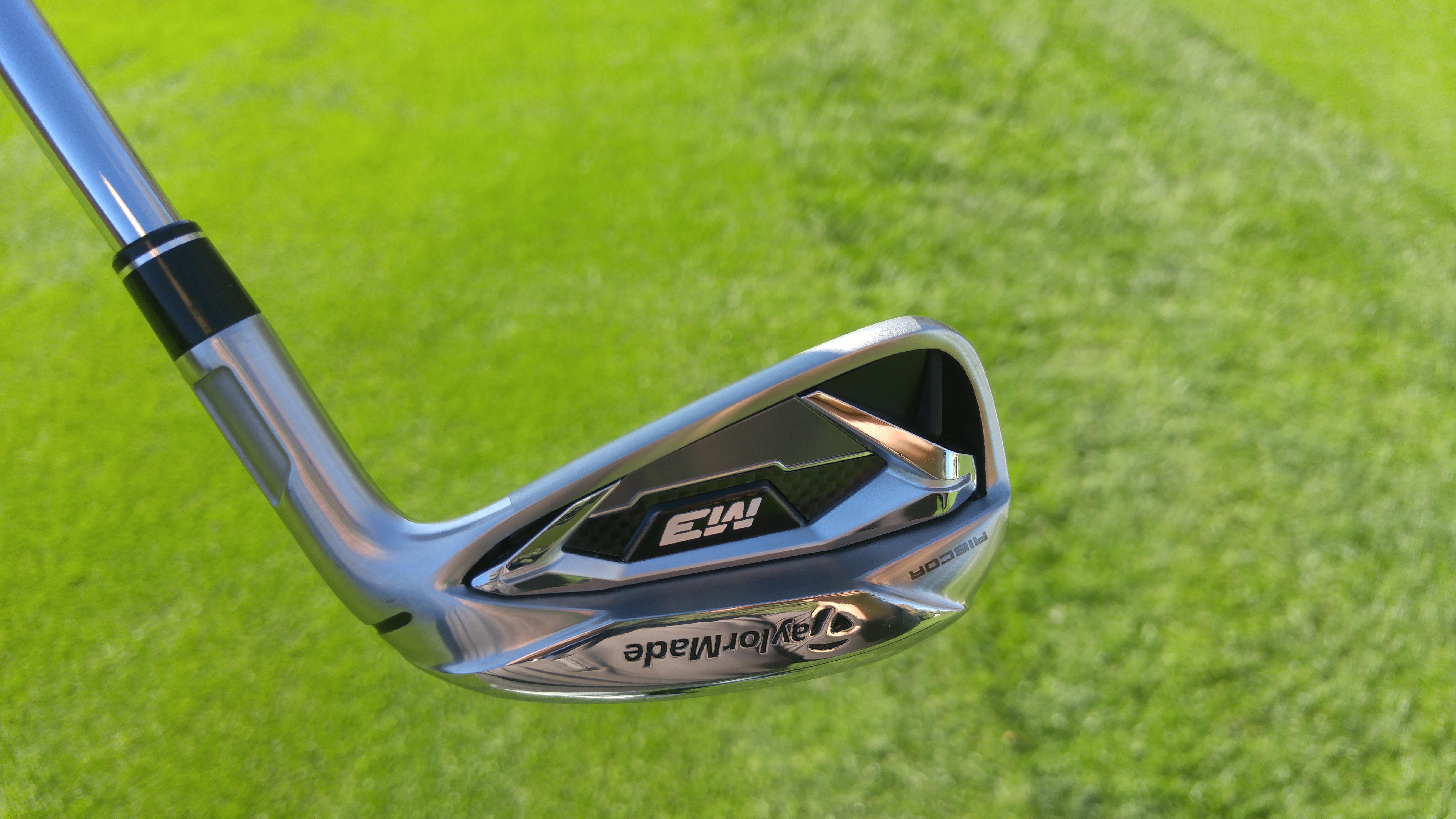
The M3 irons have less offset compared to M1, which felt kind of forced since there were M2 irons but didn't seem dramatically different. The M3 does seem substantially different, including with the half-fluted hosel so as to not distract a better player who might go for these. The leading edge is straighter, and the cambered sole offers better turf interaction. The M3 irons will come with stock True Temper XP100 steel shafts for $1,000 and the Mitsubishi Chemical Tensei graphite shafts for $1,100 in an eight-piece set that can go to 3-iron. Lofts on the classic-styled wedges are a touch strong, by a degree or so.
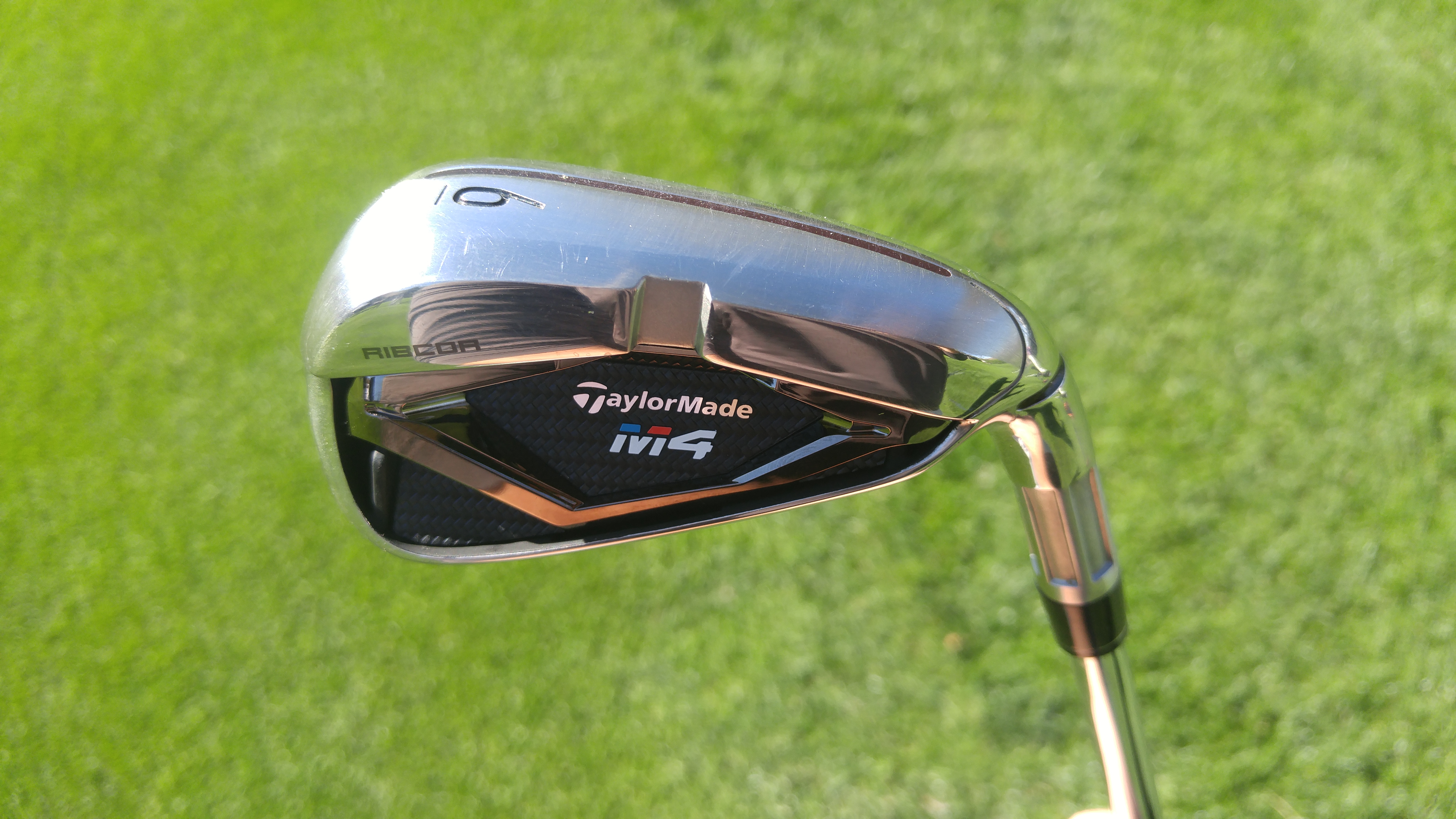
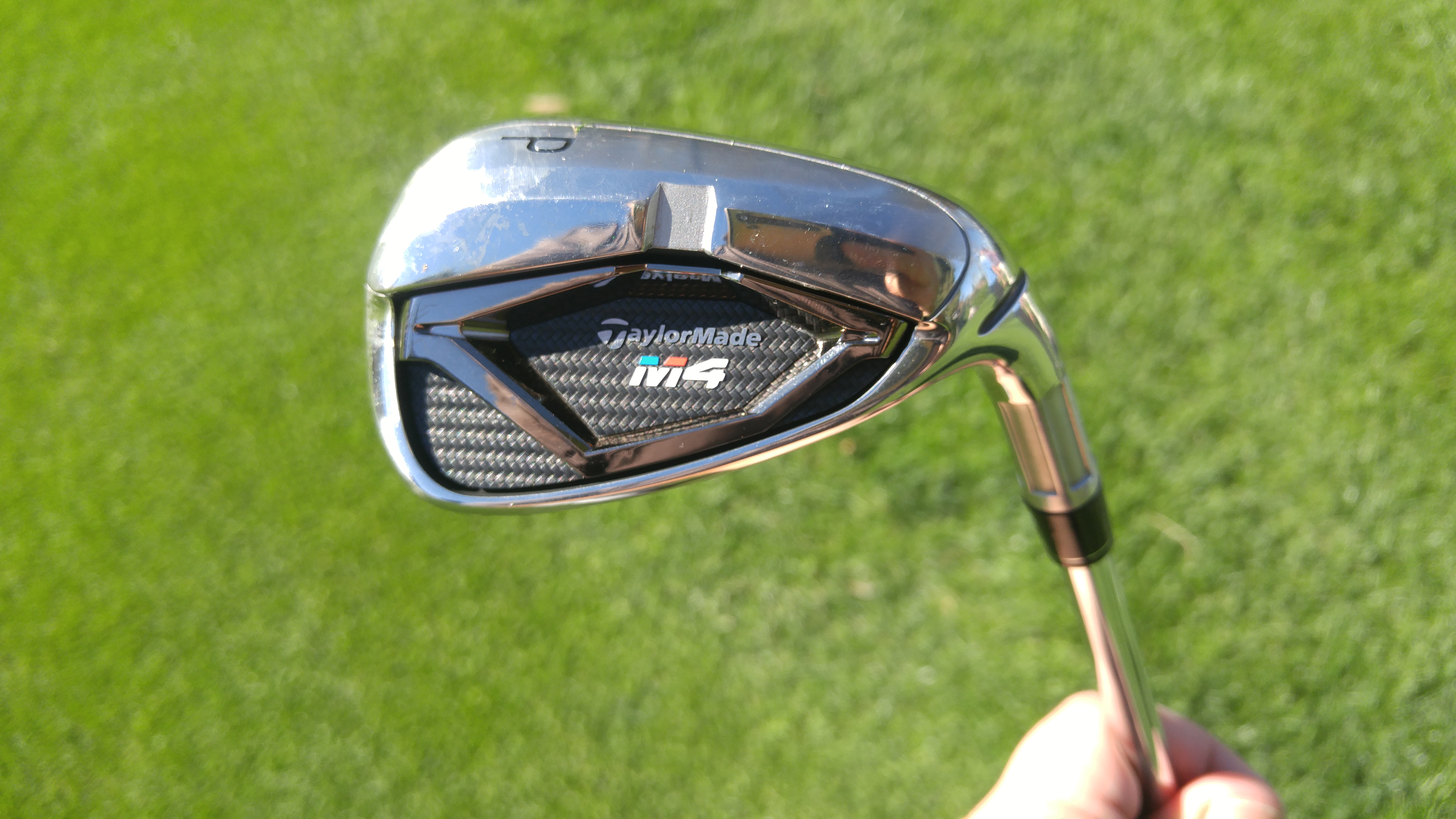
The M4 irons have a 21 percent higher moment of inertia rating than the 2017 M2 irons. They're designed to go far, to the point that Dustin Johnson has considered putting a M4 4-iron in his bag this year (to be fair, that was chatter with the M2 as well). The hosel is fully fluted to maximum weight savings. The M4 irons will come with stock KBS MAX 85 steel shafts for $900 or Fujikura ATMOS graphite shafts for $1,000 in an eight-piece set. No 3-irons here.
The feel and sound of the products are better than the 2017 M1 and M2 models. That's subjective, yes, but they feel more like a player's iron and sound less like a clunky game-improvement offering. The badging is more muted, not so flashy with colors and words everywhere. The iron numbers are modern but appealing. The design of both irons is also friendly to a more discriminating eye. Plenty of golfers don't care about those things, but the ones on the lower end of the handicap range for these clubs do. It may make M3 a possibility for 10-handicaps who were also looking at the P790 or other competitive products.

